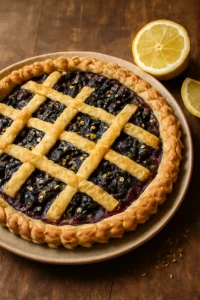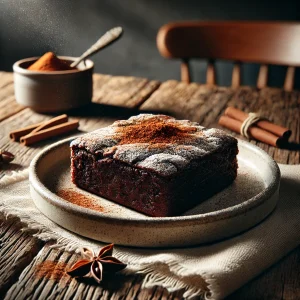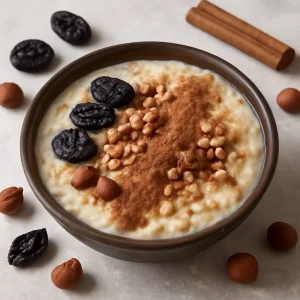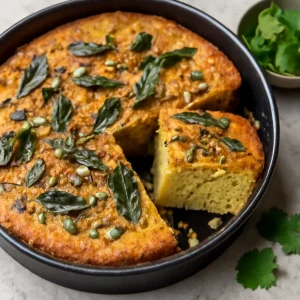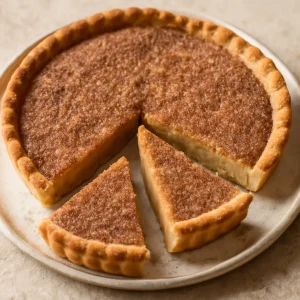
Ruisleipä klasszikus változat
A ruisleip√§, vagyis a finn rozskeny√©r a finn konyha alapja, melyet √©vsz√°zadok √≥ta k√©sz√≠tenek. A tradicion√°lis recept szerint a keny√©r t√°panyagokban gazdag √©s sŇĪrŇĪ, t√∂k√©letes k√≠s√©rŇĎje b√°rmely √©tkez√©snek. A rozskeny√©r a finn vid√©keken a mindennapi √©tkez√©sek r√©sz√©t k√©pezte, √©s ma is az egyik legn√©pszerŇĪbb keny√©rfajta Finnorsz√°gban. Az autentikus receptet k√∂vetve egy t√∂m√∂r, de √≠zletes kenyeret k√©sz√≠thet√ľnk, melyet √©des √©s s√≥s felt√©tekkel egyar√°nt fogyaszthatunk.
Hozzávalók
 Bev√°s√°rl√≥ lista (0) ▼
Bev√°s√°rl√≥ lista (0) ▼
Hozzávalók
×Elkészítési Lépések
1
In a large bowl, mix together the rye flour, salt, and active dry yeast. Make sure the yeast is evenly distributed throughout the flour mix.
Ensure the yeast is fresh, as old yeast may not work effectively, leading to a dense loaf.
2
Add the molasses and vegetable oil to the dry mixture. Slowly pour in the warm water, stirring as you go, until the dough begins to come together.
The water should be warm, but not hot, to avoid killing the yeast.
3
Once the dough has formed, knead it for about 10 minutes on a floured surface until smooth and elastic.
If the dough feels too sticky, add a little more rye flour, but avoid adding too much to keep the bread soft.
4
Shape the dough into a loaf and place it in a greased loaf pan. Cover it with a cloth and let it rise for 1-2 hours, or until it has doubled in size.
Ensure the dough is in a warm, draft-free spot for the best rise.
5
Preheat the oven to 180¬įC (350¬įF). Bake the bread for 30-35 minutes or until the top is golden brown and the loaf sounds hollow when tapped on the bottom.
If the top starts to brown too quickly, cover the bread with foil to prevent it from burning.
6
Let the bread cool on a wire rack before slicing to allow it to set and avoid a doughy texture.
Let the bread cool completely before slicing for the best texture.












 Bevásárló lista (
Bev√°s√°rl√≥ lista (

